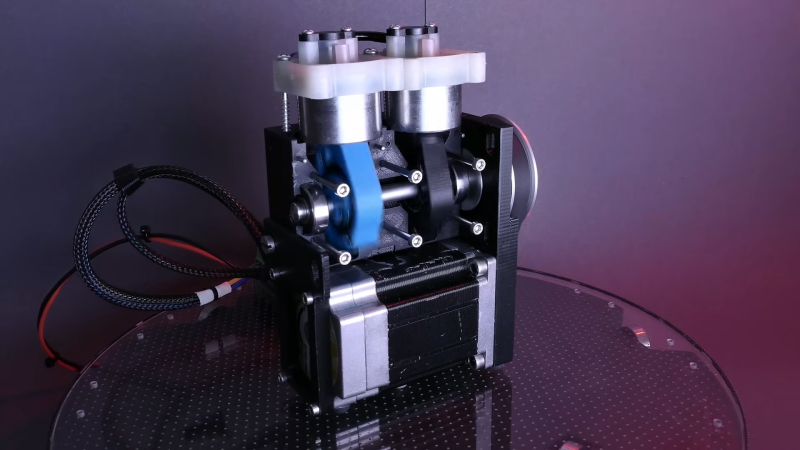If at first you don’t succeed, try, try, and try again. This is especially true when your efforts involve a salvaged record player, a laser cutter, and He-Man. Taking that advice to heart, maniac maker extraordinaire [William Osman] managed to literally burn music onto a CD.
Considering the viability of laser-cut records is dubious — especially when jerry-built — it took a couple frustrating tests to finally see results, all the while risking his laser’s lens. Eventually, [Osman]’s perseverance paid off. The lens is loosely held by a piece of delrin, which is itself touching a speaker blaring music. The …read more
 Continue reading Burn Music On To Anything!→
Continue reading Burn Music On To Anything!→
